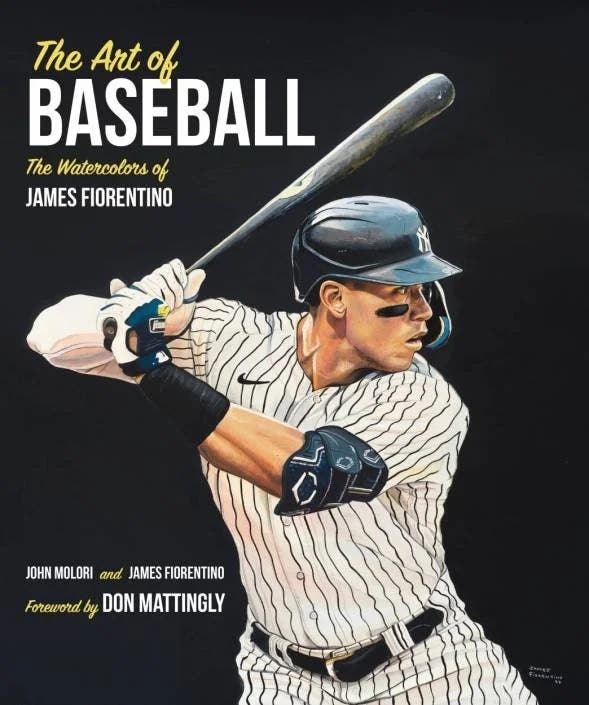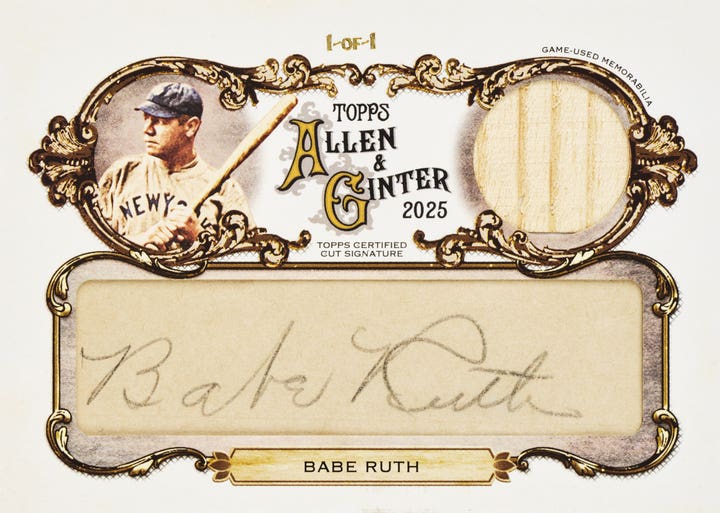News
Brown’s signature was very unique, unusual
Mordecai Brown received the name “Three Finger,” because he lost part of his index finger in a corn shredder when he was 7 years old.
Brown actually lost his index finger; the other two were badly damaged and disfigured. A few weeks after this incident, Brown was chasing a hog on his dad’s farm and fell, breaking his third and fourth fingers on the same hand, which caused even more of a disability. These accidents actually turned out to be an advantage when he started playing baseball.
As a young man, Brown worked in the coal mines. He also played third base for the company team. Brown first realized that the childhood injury was a blessing when he replaced an injured pitcher on the company team.
He became arguably the most dominant pitcher in the major league’s in the early 20th century. His only rival was Christy Mathewson. He pitched against Mathewson 24 times and he won 13 of those contests.
He also beat Mathewson nine times in a row. On Sept. 4, 1916, Brown and Mathewson pitched against each other in what turned out to be the final game of both of their Hall-of-Fame careers. Mathewson won the game, 10-8. Mathewson once said of Brown, “Brown is my idea of the almost perfect pitcher....it will usually be found at the end of the season, that he has taken part in more key games than any other pitcher in baseball.”
Brown overcame adversity to become one of the top pitchers of all time. Because of or in spite of the injuries he received, “Brownie” as he was affectionately called, was a very kind and compassionate man.
Johnny Evers, his teammate on the Cubs, said of Brown, “You haven’t space enough to tell of all the grand deeds of Brownie on and off the field. Plenty of nerve, ability and willingness to work at all times under any conditions. The crowds never bothered him. There was never a finer character, charitable and friendly to his foes and ever willing to help a youngster breaking in.”
Brown won 239 games in his career with a winning percentage of .648. He posted six 20-win seasons and had a lifetime ERA of 2.06. He was elected to the Baseball Hall of Fame by the Veterans Committee in 1949.
Brown had a very unique and unusual signature. What makes Brown’s signature so unusual is the separations that he had while signing his first name.
Generally when people sign their names, they will only separate the first initial with a capital letter and connect all the remaining lower-case letters together.
However, Brown didn’t do this. When he signed “Mordecai,” he would start by making a very distinct “M” and then draw the “o” and “r” together followed by a pause. Then he would separate the next three letters, scribing them individually “d” “e” and “c.” Brown would then finish his signature with the “a” and “i” connecting the last two letters of his name.
Occasionally, Brown would connect the “o” and “d” together or the “d” with the “e” in his first name. However, the interesting part is how he would draw the letters in his first name. In particular the “e” and the “c” nearly look like entirely different letters. The “e” would generally look like either a cursive “u” or “r.” This would be a result of his signature evolving over time like most athletes.
In some early examples of Brown’s signature, the “d” would connect into the “e,” with the “e” drawn as a smaller cursive style upper-case “E.” (See examples 1, 4 and 5.) This would eventually evolve, looking sloppier and would draw the “e” on its side. Also the “c” in his name would be drawn, looking more like a printed “e.” (See Examples 2 and 3.)
Brown would sign his last name in very basic script. The “B” would almost look printed, as it involves two separate pen strokes. First, a down stroke followed by a lifting of the pen to the top to start the remainder of the letter. He would finish by adding a little flair to the bottom of the “B,” by signing it with an over-loop. He would then finish his last name by signing every letter connected. Generally, the top of the “o” would be left open and the “w” would be short one up-stroke, making it look more like a “u.” (See examples 2 and 3.)
Despite a quite irregular signature, Brown would sign every letter of his name. Most items that exist with his signature that have survived are cut signatures. Seldom are his signatures up for sale, due to the scarcity and will generally sell for more than $1,000. As recently as February, an album page with his signature sold for more than $1,600.








